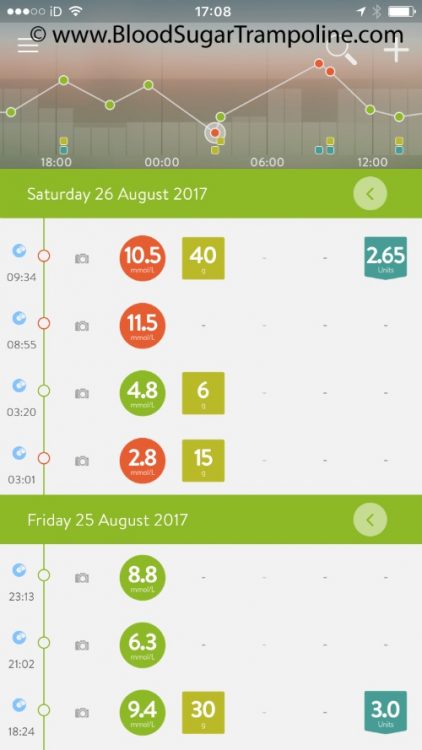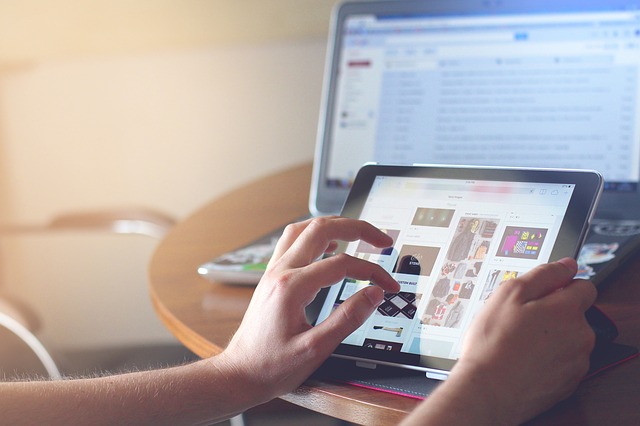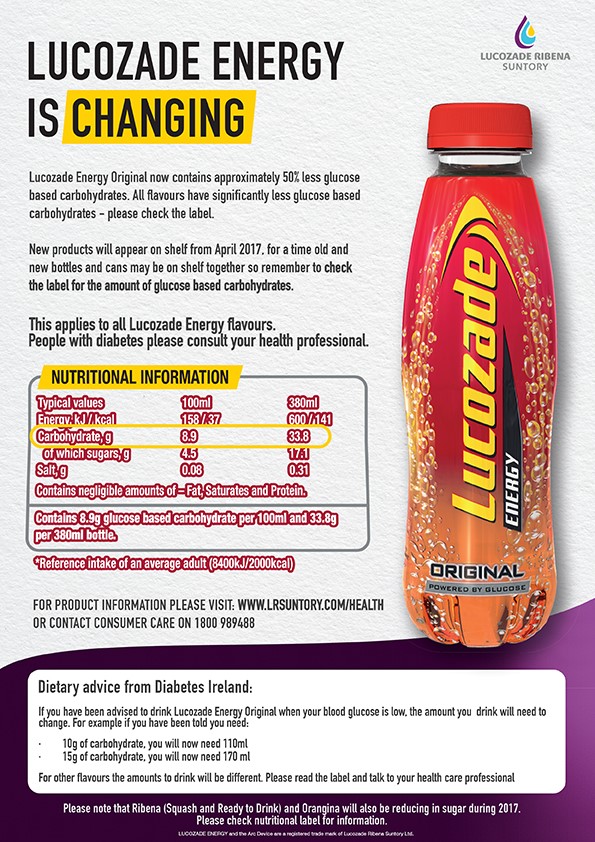I've been using a continuous glucose monitor (CGM) since November 2015 and it has made a huge difference in my diabetes management. It has narrowed the glucose swings so much and it has been a huge relief in my anxiety relating to trying to avoid hypos. And I have worn it 24/7 since I got it. Last Friday, I had an MRI on my stupid 83 year old hip (another story) and I had to take my sensor off. So I decided to go the whole weekend cgm-free. I thought it would be nice to have a break from the alarms and just see how I got on.
I felt completely blind! I had no idea what my glucose levels were between finger prick checking and it was a huge loss of information. I felt I was making decisions with my insulin without all of the information.
That evening, I went to bed with a respectable glucose 8.8 mmols/L to be woken at 3am by perspiration steaming off my body of a glucose level of 2.8 mmol/L. I tried not to consume the entire kitchen and lay across the couch willing cold air to descend on me and cool me down.
Twenty minutes later, with glucose levels at 4.8 mmols/L and probably shooting for the sky in a rebound high, I had recovered enough to go back to bed. I woke with a glucose level of 11.5 mmols/L which was lower than I expected but still too high. At least, I was spared the high alarm during the rest of the night.
I can't believe that I used to think that I was doing fine on the information provided by 7 finger prick glucose checks per day! Using a cgm has taught me so much about how to manage my diabetes, it has taught me about creating more effective insulin doses and it has given me more power over my life with type 1 diabetes.
This piece of technology is really valuable for people with type 1 diabetes. However, I do realise that it isn't something that everybody would want or can get. I believe that availability will change in the near future though as more and more health care professionals realise its value in providing information beyond HbA1c’s also.














